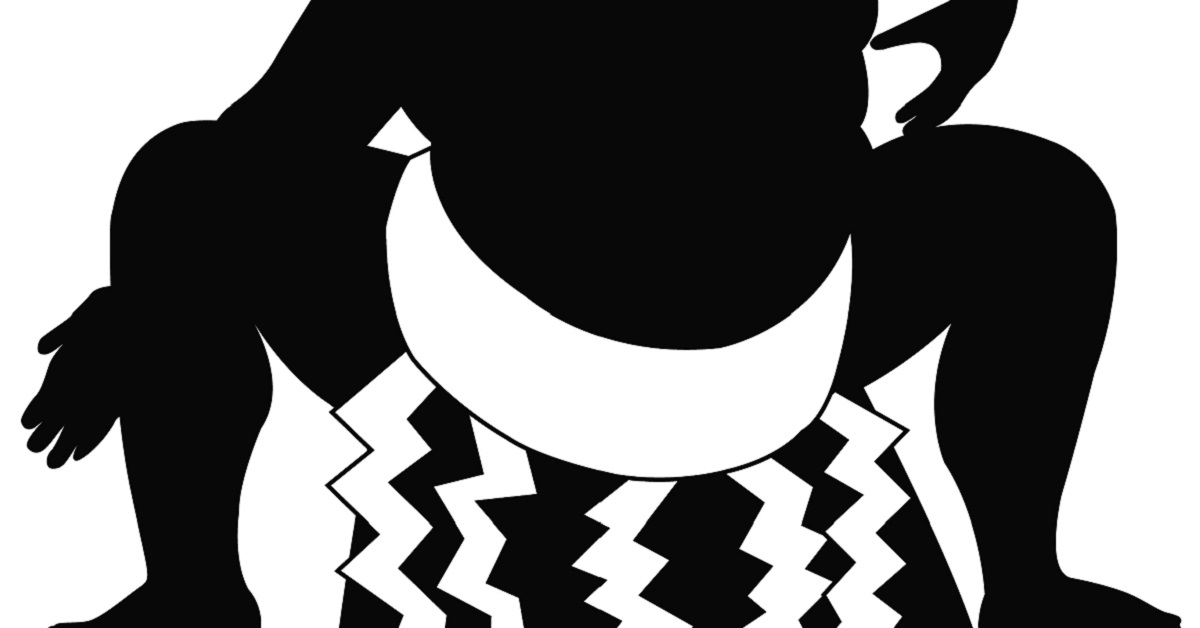The Grand Sumo Honbasho is the official tournament organized by the Japan Sumo Association, and it serves as the most important stage where wrestlers fight for their rank and income. Representing the essence of Japanese culture, this tournament is also the perfect introduction for first-time spectators and foreign visitors who wish to understand sumo.
What Is a Honbasho in Grand Sumo?
In professional sumo, a “Honbasho” refers to the official tournaments organized by the Japan Sumo Association. These are the most prestigious competitions in the sport, held at fixed times each year, where rikishi (wrestlers) demonstrate the results of their training. A Honbasho is not merely a sporting event—it is a stage that directly affects a wrestler’s ranking and salary and also upholds the traditions of Japanese culture. Wrestlers strive to earn victories to climb the ranking ladder, while fans pack stadiums to experience the intense atmosphere firsthand. For foreign visitors, Honbasho is an ideal gateway to Japanese tradition, as sumo embodies not only physical competition but also ritual and etiquette with a long history.
Venues and Schedule Throughout the Year
There are six Honbasho tournaments every year, each with a fixed city and time slot. The season starts in Tokyo in January, moves to Osaka in spring, returns to Tokyo in summer, continues in Nagoya in midsummer, again Tokyo in autumn, and finishes in Fukuoka in winter. These tournaments are held in major Japanese cities, ensuring accessibility for fans nationwide. Each local tournament also highlights regional culture and food, making Honbasho both a cultural and tourism experience. Even in the same arena, the seasonal atmosphere changes—Fukuoka in winter blends the chill with heated excitement, while Nagoya in summer tests wrestlers under intense heat.
Yearly Honbasho Schedule
| Month | City | Venue | Name |
|---|---|---|---|
| January | Tokyo | Ryogoku Kokugikan | Hatsu Basho (New Year Tournament) |
| March | Osaka | Edion Arena Osaka | Haru Basho (Spring Tournament) |
| May | Tokyo | Ryogoku Kokugikan | Natsu Basho (Summer Tournament) |
| July | Nagoya | Dolphins Arena | Nagoya Basho |
| September | Tokyo | Ryogoku Kokugikan | Aki Basho (Autumn Tournament) |
| November | Fukuoka | Fukuoka Kokusai Center | Kyushu Basho |
Duration and Daily Schedule of Honbasho
Each Honbasho lasts 15 consecutive days. It begins with “Shonichi” (Opening Day) and concludes with “Senshuraku” (Final Day). The last bout on Senshuraku is the most prestigious of the entire tournament, where the tension and excitement in the arena reach their peak. For wrestlers, fighting every day for two weeks is physically and mentally demanding, as every match directly influences their ranking. The drama unfolds as the tournament progresses from the opening days to the middle and ultimately to the final stages, where the championship race narrows down.
Rankings and Promotions of Wrestlers
In sumo, a wrestler’s ability and achievements are clearly reflected in a strict ranking system called “Banzuke.” Results in Honbasho directly determine promotions and demotions. Consistent success at the “San’yaku” level (Sekiwake, Komusubi) is required to reach Ozeki or even Yokozuna, the pinnacle of sumo. Conversely, repeated losing records will push wrestlers down the ladder and reduce their income. This system creates an intense pressure that ensures every bout is fought with maximum effort.
Ranking Hierarchy and Benefits
| Rank | Characteristics | Salary / Privileges |
|---|---|---|
| Yokozuna | The highest rank in sumo, never demoted | High salary, special privileges |
| Ozeki | Next in line to Yokozuna, must show stability | High salary, subject to demotion |
| San’yaku (Sekiwake, Komusubi) | Elite wrestlers below Ozeki | Additional allowances |
| Maegashira | The bulk of top-division wrestlers | Standard salary |
| Juryo and below | Lower-tier wrestlers | Modest salary, more chores |
Atmosphere and Attractions of Honbasho
The charm of a Honbasho lies not only in the matches but also in the unique cultural atmosphere of the arena. Ceremonies such as the ring-entering processions (Dohyo-iri), the beating of taiko drums, and the booming voices of callers (Yobidashi) set the stage. Fans cheer enthusiastically, and roars echo when an upset occurs. In box seats, spectators can enjoy food and drinks while watching, which reflects Japan’s traditional theater-like entertainment culture. For foreign tourists, it is an opportunity to experience Japanese culture in one place, and many leave deeply impressed. Honbasho is truly a fusion of Japanese tradition and modern entertainment.
Conclusion
Grand Sumo Honbasho is not just a sports competition—it is a national cultural event. Wrestlers put their pride and skill on the line, and fans are moved by their determination. The six tournaments held each year bring passion to audiences across Japan and provide foreign visitors with an invaluable cultural experience. The combination of fierce competition, solemn rituals, and electrifying atmosphere makes sumo a unique spectacle and secures its place as Japan’s national sport.





コメント